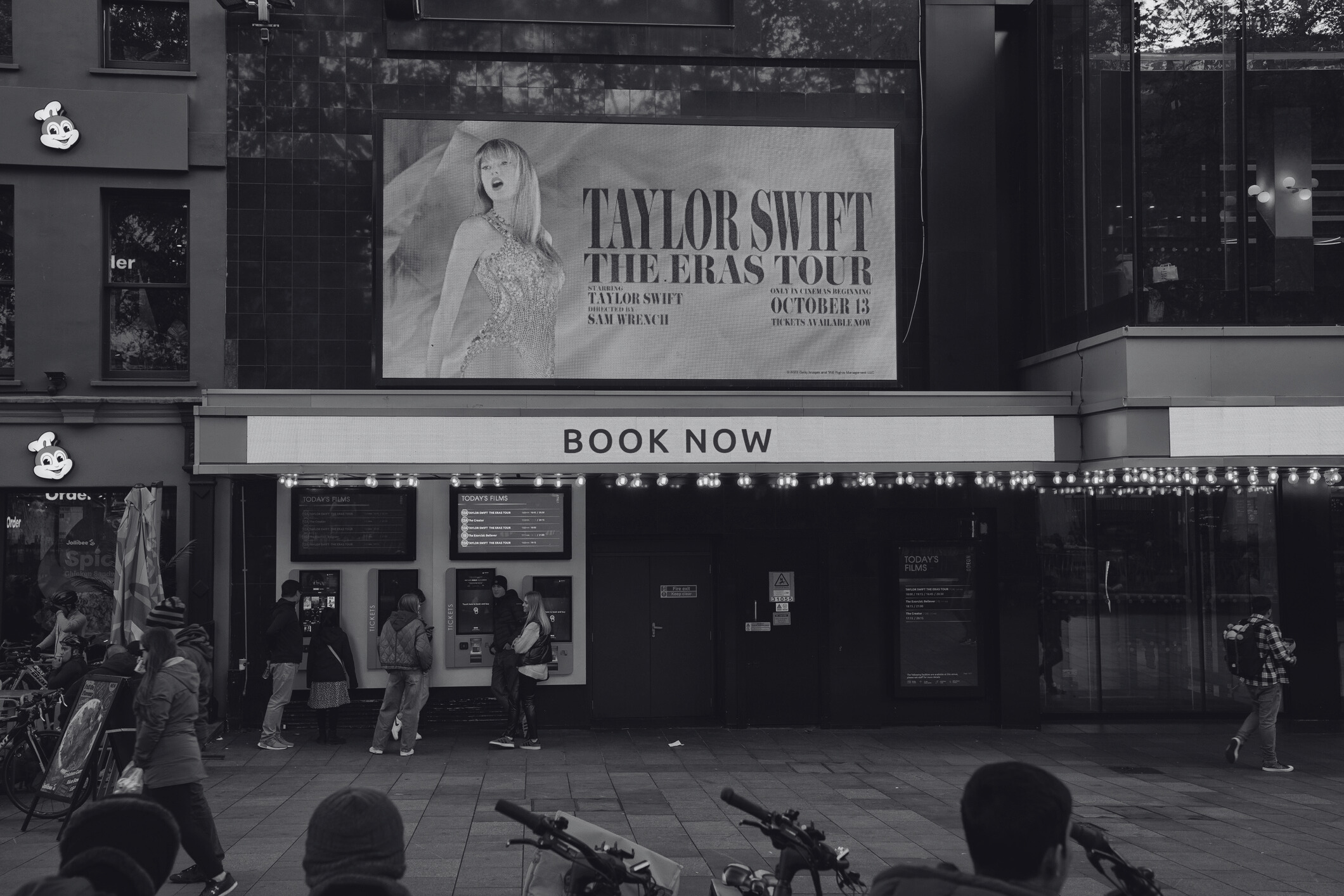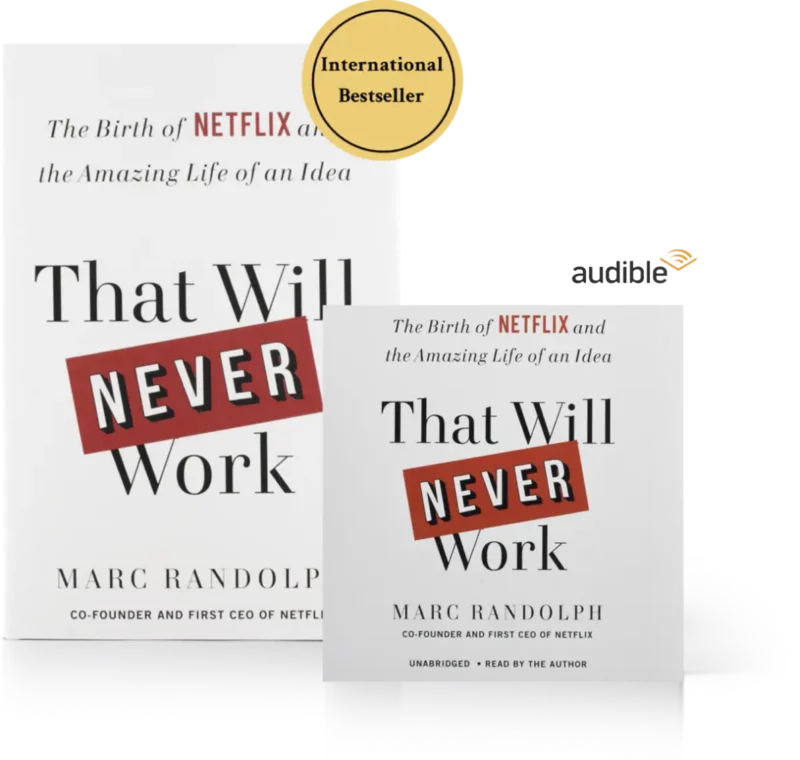Everything I Know About Creating Buzz, I Learned From Taylor Swift
Scarcity is the one thing you can never have enough of.

If you’re a startup, everything’s a hack. You figure out shortcuts to develop your product. You use validation hacking to figure out whether customers want it. And you turn to growth hacking to grow it.
One of the most effective growth hacks is creating scarcity—it’s right up there with virality. There’s just nothing like telling people they can’t have something to make them want it even more.
Back when I was in college in the 1980s, Coors had a much better reputation than it does now. It was mythical. According to legend, it tasted better than “any other beer you’ve ever had” because it used special water and lacked preservatives. But this prevented the beer from being sold more than a few hundred miles from the brewery, so it was only available in Colorado. You just couldn’t buy it anywhere else. It was nuts. People back East used to bring a six-pack home with them in their luggage. You could pay for your whole vacation by bringing home a few cases. The scarcity may have been caused by something as simple as brewery capacity, but the company turned it into a marketing triumph.
Years later, when I first began working with the founders of Chubbies shorts, every single item they made was heavily backordered. As was probably the case with Coors, this wasn’t an intentional strategy—they just didn’t have the money to produce enough inventory. But it contributed to the idea of a super-hot desirable product, and in many ways that’s what launched the company.
Scarcity as a growth hack still works. You may have seen it with the social media meteor Clubhouse. Or the email platform Superhuman. Or pretty much every limited-edition sneaker.
And of course, we all saw it last summer as Taylor Swift was kicking off her “Eras” tour. As you probably remember, the clamor for tickets was deafening. It was almost impossible to get one, and those that were available on the aftermarket hit astronomical prices.
I couldn’t help but wonder why, if there was so much clamoring for tickets, why she didn’t just sell more tickets. Or raise her prices.
I’m sure, though, that her ticket pricing was purposeful. I don’t think she purposefully meant to create scarcity. I’m guessing it was actually a mix of three conflicting desires: 1) to do in-person concerts in a relatively constrained venue (a 6,500 seat arena versus a 65,000 seat stadium), 2) to not spend 365 days a year on the road, and 3) to not price the tickets so outrageously that she ended up with an audience of solely rich old white guys.
The result? A very desirable product, a constrained number of tickets, and an unreasonably low price. The trick, as Taylor showed us, is not to match supply and demand, but to purposefully fall short. In Coors’ case, they created scarcity by limiting their product geographically. In Chubbies’ case, it was by limiting production.
But Taylor did three additional things that we all can learn from:
-Taylor priced her product dramatically below its market value.
She counted on the buzz to generate enough demand to more than make up the difference.
For us, it means knowing the elasticity of your pricing. Where does demand really kick up? At what point does the price just become too good to be true? Would it make sense to create a “lite” version of your product that you can produce in volume at a lower price point?
-Taylor used time pressure.
By having designated “ticket release days” she created a sense of “act now” that made getting a ticket an event to brag about (think about the long lines that used to accompany the release of new iPhone models!).
Last year I was planning on being in Copenhagen and thought I might like to try and eat at Noma, which at the time was one of the best restaurants in the world. And talk about limited supply and outrageous demand! They managed this by taking reservations around six months in advance, and only at discrete times (usually the first of the month). That creates a big queue to book a table at 12:01 AM on the day that reservations open up.
To limit your supply, consider closing your product to “general admission” and require they come off a waiting list. Or limit the admittance of new customers to once a month / quarter / year / whatever. Or create an application process of some kind. However you do it, limit the amount you release to some percentage below the amount of demand.
-Taylor monetized her momentum after the fact.
Think about how she converted the energy behind her tour—and its ticket scarcity—into the successful theatrical release of her tour. Not to mention the merch, which from what I saw first-hand was not priced at any sort of discount.
Taken together, this says to all of us that even if our revenues are initially diminished by our pricing reduction or volume restrictions, it’s always possible to further monetize success.
In other words, sometimes you can make it up in volume.
I’ll wrap up by saying that you might not want to do any of this—especially if you are perfectly happy selling a small amount of product to a few people who are willing to pay up. And if the audience for your product is the corporate equivalent of old, rich, white guys, you can probably live with that.
None of this will work, of course, if you haven’t created something that people want. Taylor puts on a great show, and had already released dozens of hit songs, and none of the above would matter if that weren’t true. So if you haven’t yet created something people want, you have no business thinking about ways to create buzz around yet.
But done just right, creating buzz is the tide that lifts all boats. Momentum has a way of rubbing off on everything. It makes it easier to get press, it makes it easier to get shelf space, it makes it easier to recruit and retain. It raises volumes which reduces costs. It’s not only the cheapest form of marketing you can buy, but (along with virality) it’s probably the most effective.
Most of all, buzz gives you choices. And that’s probably the most valuable asset that Taylor Swift—or any of us—will ever have.
To find other things I’ve written and much more, check out MarcRandolph.com
RECOMMENDED FOR YOU
Want to Make Things Easy for Your Team?
Podcast Episode 72
Is it a Culture Problem or a Hiring Problem?
October 25, 2022 • 38 min
